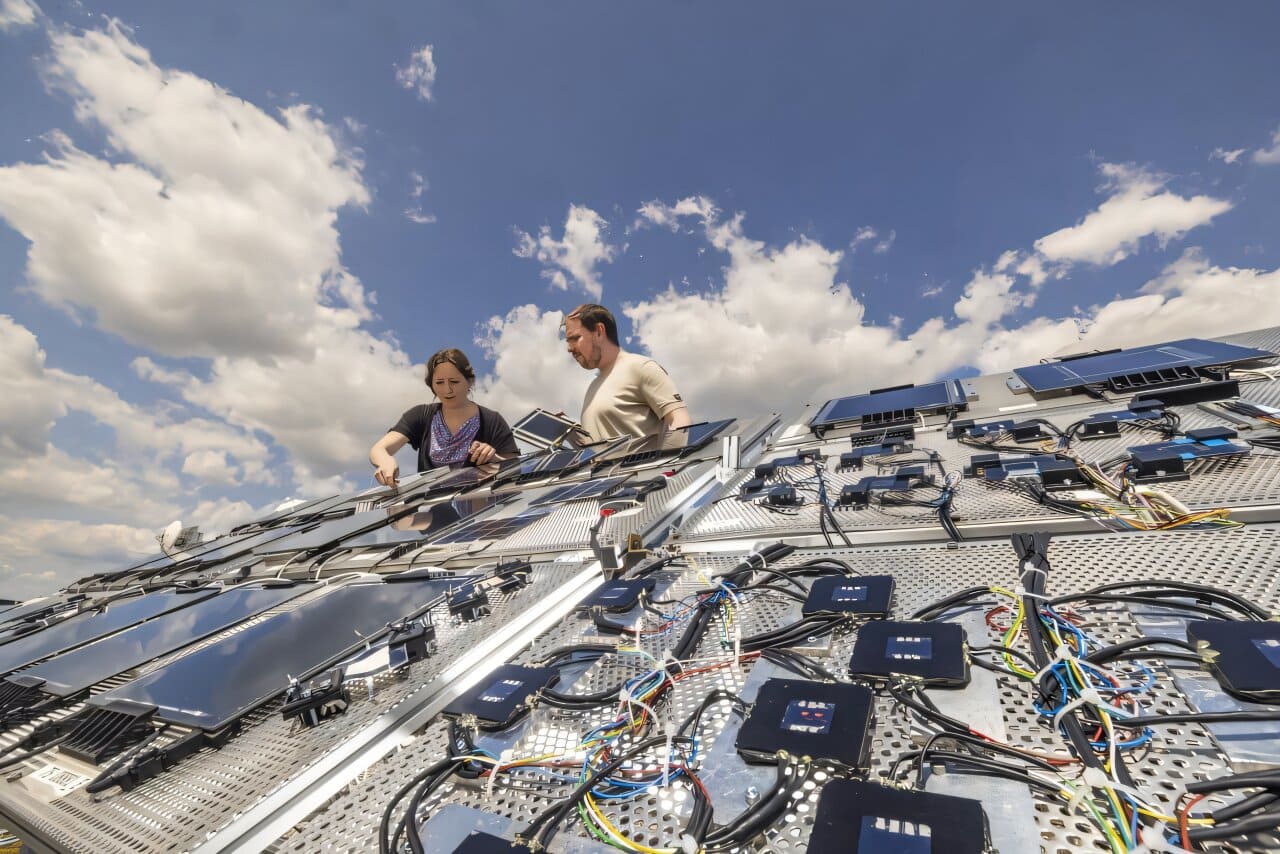
Seasonal behavior in perovskite solar cells
Perovskite solar panels may not be suitable for every application. Although the technology currently occupies a very small niche in the market, and most products are still in the research and development phase, selecting the right installation site will be critical to maximizing performance.
According to a new study by the Helmholtz Association of German Research Centers, perovskite solar cells show seasonal performance trends that cannot be overlooked in locations at higher latitudes.
To obtain this insight, Dr. Carolin Ulbrich and Dr. Mark Khenkin analyzed four years of outdoor data from perovskite photovoltaic cells. This represents the longest continuous outdoor measurement series for this technology and provided valuable evidence of the complex seasonal behavior of perovskite materials.
Real-world behavior of perovskite solar panels
Thanks to rapid advancements over the past decade, perovskite solar panels are now approaching market readiness. Single-junction cells have achieved conversion efficiencies above 26%, enabling researchers to shift focus to scaling and improving long-term stability.
“In the path toward commercialization, it is crucial to understand the real-world long-term behavior of perovskite devices, not just their reliability, but all aspects of outdoor performance, to allow accurate prediction of energy yields and service life,” the authors wrote in Advanced Energy Materials.
It’s important to clarify: for all solar modules, output depends on weather and environmental conditions that differ significantly from controlled lab settings. All photovoltaic technologies on the market today exhibit minor seasonal variations in power output, typically following a cyclical annual pattern.
However, this seasonal effect had not yet been analyzed in depth for perovskite devices. That’s why the German research team set up a large outdoor testing station. Over the course of four years, they exposed experimental solar cells on rooftop racks to wind, rain, and fluctuating temperatures.
Key factors affecting perovskite solar panels
The findings? Peak power output remained nearly stable over the first two summers, dropping by only about 2% in absolute terms from year one to year four. But efficiency dropped by roughly 30% during the winter months.
The team identified several key reasons for this behavior:
Spectral changes across seasons
Perovskite photovoltaic cells are especially responsive to blue light, but the solar spectrum shifts with the seasons. Summer light is “blue-rich,” while winter light is “red-rich.” This difference, especially pronounced at higher latitudes, can cause more than a 10% change in current generation between summer and winter, even with identical irradiance levels. In equatorial regions, however, spectral variations are less extreme, making year-round output more consistent.
Temperature coefficients and operational heat
This technology features relatively low power temperature coefficients compared to other photovoltaic systems, which suggests better performance at higher temperatures. But this dynamic changes as devices age. In newer cells, performance slightly decreases as temperature rises, whereas in older or degraded units, efficiency may actually improve during warmer seasons.
Reversible and irreversible degradation
Perovskite materials can degrade both temporarily (reversibly) and permanently (irreversibly). These effects mainly impact older cells and contribute to the seasonal variation in performance.
“What sets perovskite cells apart from more mature photovoltaic technologies is that they often change efficiency reversibly over the day-night cycle. This trait significantly contributes to the wide seasonal fluctuations observed,” Khenkin explained.
Read the full study by Marko Remec et al., “Seasonality in Perovskite Solar Cells: Insights from 4 Years of Outdoor Data,” published in Advanced Energy Materials (2025). DOI: 10.1002/aenm.202501906